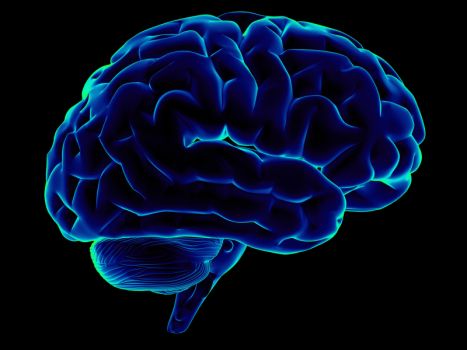
The brain of human beings and other smart animals have wrinkles. It has been observed that all animals do not have a wrinkled brain. For example the brains of frogs have a smooth surface. Evolution is responsible for the ugly wrinkles that our brain possesses. The folds and creases give it a distinct appearance whether we like it or not. The brain is like a modular kitchen. In a kitchen we need to keep so many different appliances, gadgets, utensils and store grocery items. All of us are not lucky to have infinite kitchen space. Human innovation has helped us in making kitchens where there is plenty of storage space that folds pretty easily and leaves room for us to move around. The same logic has been applied on our brain by the nature.
The wrinkled surface of the brain is the very basic proof of human intelligence. With evolution the brain improved and grew in size. The human brain can perform tasks that the brain of other animals cannot and this makes us superior than the rest of the species. Though the brain evolved and grew in size it did not have sufficient space to spread. If the skull got bigger too then it would become out of proportion and we will look odd. The brain sensed this and decided to change its looks.
The ridges on our brain are termed as gyri and the crevices are named sulci. The folds are there to accommodate the huge human brain inside the small skull. The brain plasticity is believed to accommodate new neurons and folds as we learn new things and make new memories. But this theory is yet to be proven in mammals. Human fetus develops the brain wrinkles within 40 weeks of pregnancy and we live with these wrinkles all our lives.